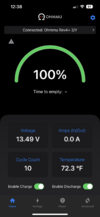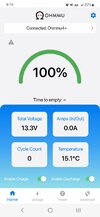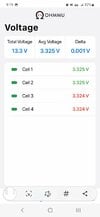Yeah, I totally hear you. I was considering one for myself, but "preCovid", I drove about 18k miles a year just driving to work and back. 2020, I drove 6k miles, and this year so far, even a bit less.
I decided against getting it simply because of cost. When I sat down and looked at it, the Ohmmu was > $400 and the OEM battery was $85. I came to the conclusion that I could simply buy a new OEM 12V battery pre emptively every 2 years, and the "break even" on the ohmmu was greater than 4 swaps, or 8 years... provided it had no issues during that time.
I came to the conclusion that one would have to go for the Ohmmu or MPP battery for something other than cost (which many do), because the relative lack of cost of the OEM tesla model 3 battery ment you could treat it as a disposable part. The part itself is $85, and installed by tesla mobile service in my driveway while I was working was $129 "out the door". Still roughly 4 changes before I broke even, and as much as I like this car, I will probably have a newer model 3 8 years from now.





